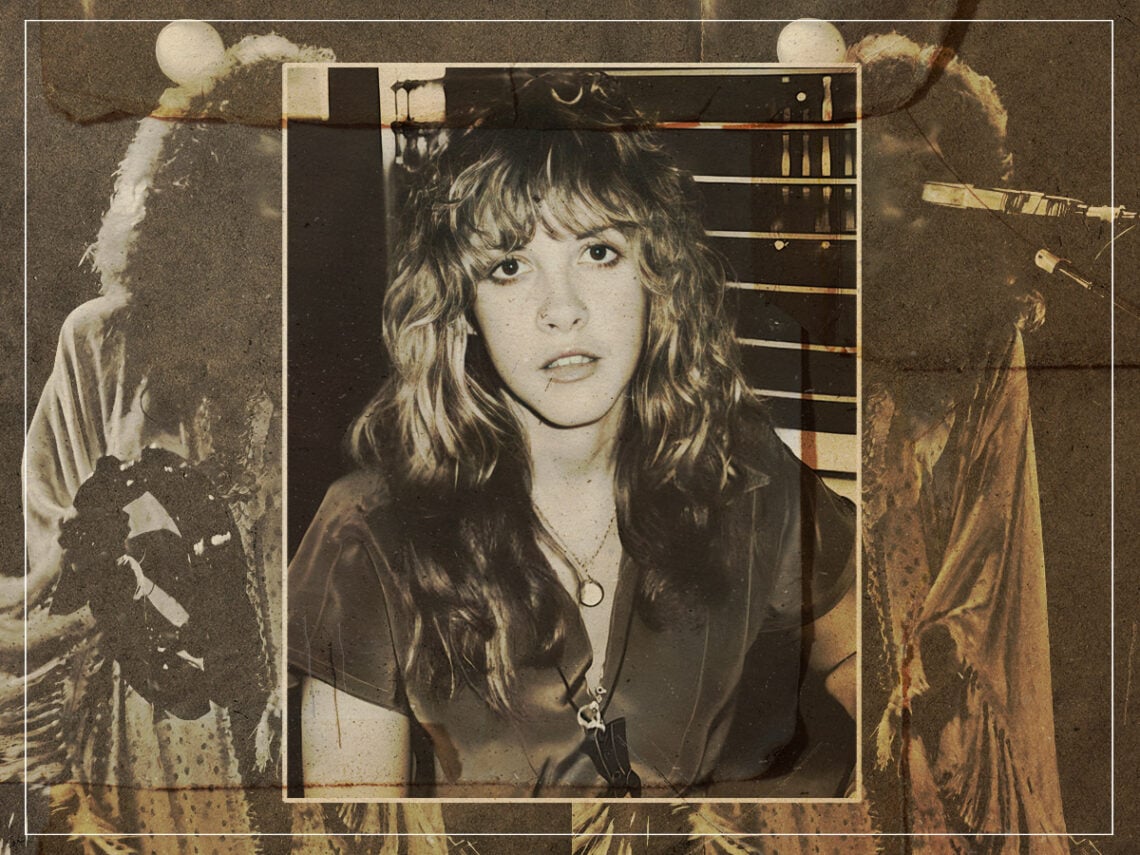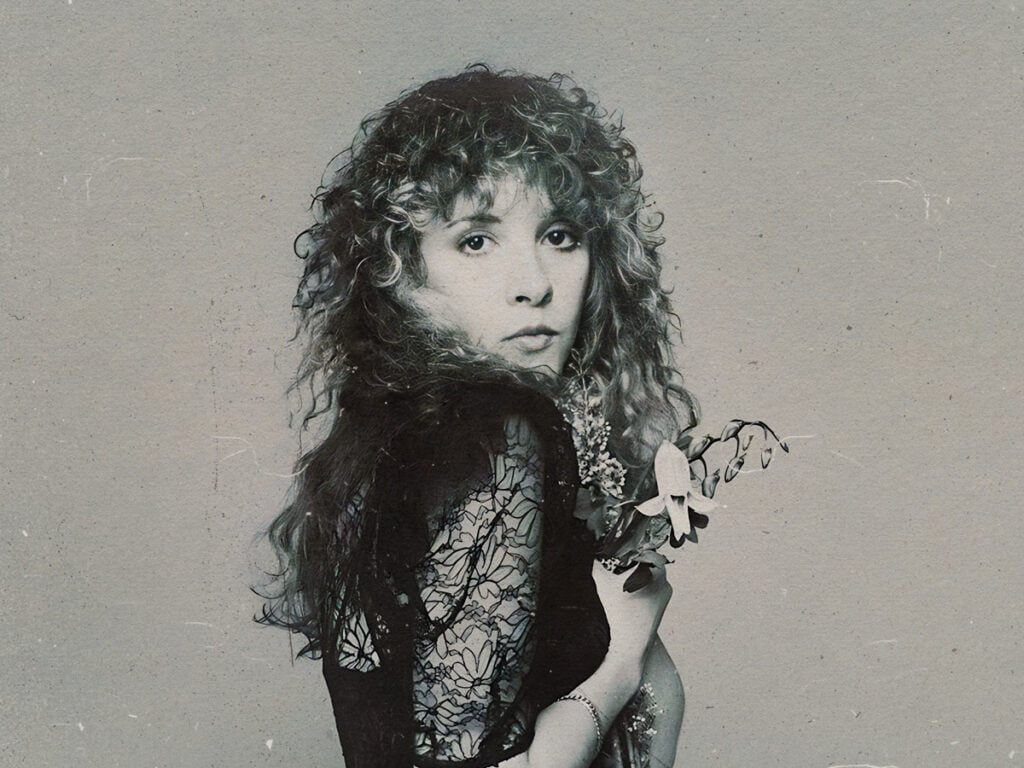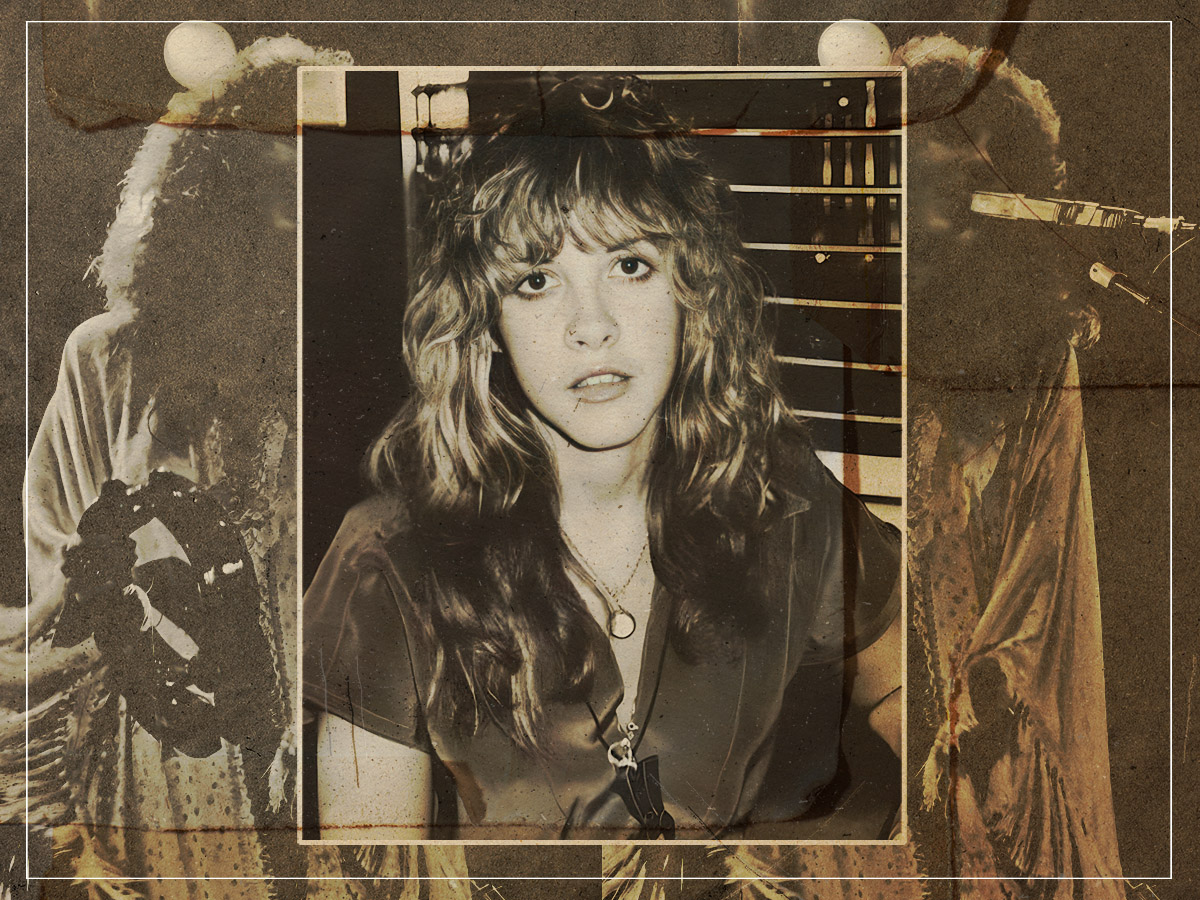
(Credits: Far Out / Ueli Frey / David Wainwright)
Fri 30 May 2025 18:32, UK
When looking back at her work, Stevie Nicks told the BBC that two tracks, in particular, held pure sincerity: “‘Dreams’ was a very real song. ‘Gypsy’ was very real.” That realness is palpable in both performances. They are tracks that add meaning to the often overused phrase: soul-bearing.
In the Coen brothers’ film The Man Who Wasn’t There, there is a scene in which a pretentious French piano instructor dismissively explains, in a roundabout way, ‘I don’t know what it is, but she hasn’t got it’. On the surface, this mystic je ne sais quoi of artistry may well seem like the sort of elitist tripe that has allowed squiggles to sell for millions at the Tate Modern, but I’ll be damned if there isn’t more than a grain of truth to it.
The French might call it je ne sais quoi, the Spanish go with duende, and perhaps the closest thing in the English language to this mysterious attribute of art is soul. But whatever it is, it wallops you across the face with ‘Gypsy’. The anthemic track offers a sting beyond the simple chords for very good reasons, too. Nicks is pouring a hell of a lot of expression into this one single opus, which is why it is brimming with a hatful of unknowable aura.
Firstly, the concept of the gypsy in question is tied to the mystic characters that pervade Nicks’ songwriting throughout her entire back catalogue. Contained within is the ethereal power that she perceives in expressive femininity. “All the characters in my songs – the Gypsies, the Saras, and the on this album, Alice and Juliet – they’re all me. But they’re all different sides of me,” she told Revolution.
Tragically, there are more sides at play than her own duality in ‘Gypsy’. The song, written by Nicks, was originally intended to feature on her debut solo album, Bella Donna, in 1980; however, given the limited space that records allowed at the time, it fell shy of making the cut.
Who did Stevie Nicks write ‘Gypsy’ about?
A tragedy would later ensure that the song saw the light of day with Fleetwood Mac following the sad death of Nicks’ best friend Robin Anderson. Nicks viewed the tale of a trailblazing woman baring her inner fearlessness as a fitting tribute, so she revisited the shelved song and looked to complete it with more raw passion that she had ever placed in a single track.
Anderson’s sad passing beset Nicks with grief while also reminding her of her own past. “I was like the lone gypsy,” she said when reflecting on how Anderson’s death inspired the song, “This was my best friend from when I was 15 and so I was a solo gypsy all of a sudden and it was very sad for me and that’s sometimes when I write my very best songs”.
“Robin had been on the road with Fleetwood Mac for five years. As my speech therapist and also management,” she said, describing her as “an incredibly efficient helper.” Mournfully, Nick continued, “I still miss your bright eyes ~ that’s why we don’t do it on stage ~ it’s because it’s really too hard for me to sing. Lightening strikes maybe once, maybe twice…that means one time in your life you find a very good friend, and maybe if you’re incredibly lucky, you might find a second. It all comes down to you, means but you have to look very hard,” she added.
 (Credits: Far Out / Atlantic Catalog Group)Who is Stevie Nicks’ adopted child?
(Credits: Far Out / Atlantic Catalog Group)Who is Stevie Nicks’ adopted child?
That stern symbol of holding onto hope also punctuates the song’s backstory. As Nicks told US Magazine in 1990: “Robin was one of the few women who ever got leukaemia and then got pregnant. And they had to take the baby [named Matthew] at six-and-a-half months, and then she died two days later. And when she died, I went crazy. I just went insane. And so did her husband. And we were the only two that could really understand the depth of the grief that we were going through.”
Unable to reconcile their grief, Nicks and her late friend’s husband, Kim Anderson, would later marry. As Nicks explains: “I was determined to take care of that baby, so I said to Kim, ‘I don’t know, I guess we should just get married.’ And so we got married three months after she died, and it was a terrible, terrible mistake.”
Nicks has always affirmed that the pair were simply too grief-stricken to think straight, and their marriage was by no means romantic. “We didn’t get married because we were in love, we got married because we were grieving, and it was the only way that we could feel like we were doing anything. And we got divorced three months later,” she attests.
Nicks then heartbreakingly concluded: “I haven’t seen Kim, nor have I seen Matthew, since that day.” But she does not regret this distance, adding, “I suppose that Matthew will find me when he’s ready. I mean, I am, really, next to Robin, his mommy.” Motherhood is something that Nicks has continually reflected on over the course of her career, often poignantly admitting she chose music over parenting. Nicks and Robin remain estranged.
This makes the song written with Robin and his mother in mind all the more profound. Mick Fleetwood cites the track as one that defines the emotive power or Nicks’ purring songwriting. Describing it as own of his favourites by adding: “It really crystallizes that whole period of the early 1980s, when we were in our mid-30s and beginning to look back at our lost youth.” All of that and more linger in the rafters of this hallowed, troubled song.
Related Topics
Subscribe To The Far Out Newsletter
